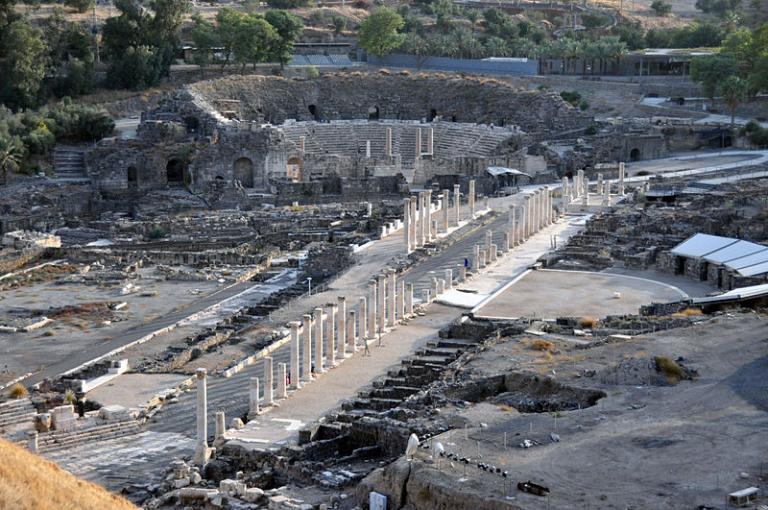
(Wikimedia Commons)
Sometimes, it’s nice to be far away from Utah when Mormon-related controversies are in the air. I was flying from Cairo to Amman to Tel Aviv when news of Jonathan Streeter’s hoax apology reached some Mormons traveling in the Middle East, and I never even heard the discussions about it. By the time I actually heard of it the next morning, everybody over here realized that it was a rather cynical hoax. (Jonathan Streeter is, I think, a Facebook “friend” of mine. Certainly I’ve had some online interactions with him. When I get the time, I’ll make sure to block him; bad actions should have consequences.)
Anyway, here’s a response to Mr. Streeter’s stunt from the always interesting Tarik LaCour:
And, just in case you missed my previous note on the subject, here’s a reminder about a vitally important and very relevant film project:
***
There’s a new Old Testament “KnoWhy” up on the Interpreter Foundation’s website:
***
I was witness to a curious episode yesterday afternoon at the ruins of the Decapolis city of Beit Shean (or Scythopolis). (For a striking Old Testament story set there, see 1 Samuel 31 and its sequel in 2 Samuel 1.)
I was seated near the entrance to the site, chatting with a couple of friends. In came a group of Chinese tourists led by what I quickly perceived to be an American Protestant guide, probably a “Messianic Jew.”
Nearby, another guide was quietly speaking to his own small group about a large metal model of the city in its Greco-Roman phase.
Suddenly, the fellow leading the Chinese group began to pray very loudly, in an Evangelical Protestant style: “God, we just wanna lift up the name of Yeshua. Praise him! Hallelujah!”
That sort of thing.
The other guide turned around and asked “Do you have to yell? Can you show a little bit of respect to others here?”
“We’re praying,” said the first one. “We’re believers in Yeshua!”
“That’s fine,” responded the other. “But could you speak a bit more quietly?”
“We don’t accept Amalek attitude,” said the first fellow, apparently referring to the biblical Amalekites. Then he continued, speaking to his Chinese charges (all through an interpreter):
“That’s the attitude of Amalek,” he said. “It’s called persecution. He hates us because we’re believers. The other guides are unbelievers; they don’t accept Yeshua.” And he went on in that vein for at least a minute or two.
It wasn’t persecution, of course. He was just being a self-centered and uncivil jerk. Pretty soon, he was leading his group in loud hallelujahs. And then they all began to chant something in unison, in Chinese. Five minutes later, they were all blowing shofars. Then I realized that they were the noxious group who had been blaring out on shofars the day before, atop Masada. I hadn’t been able to see them then, but I could certainly hear them.
Some forms of Evangelical triumphalism are really, really obnoxious.
Posted from Tiberias, Israel










